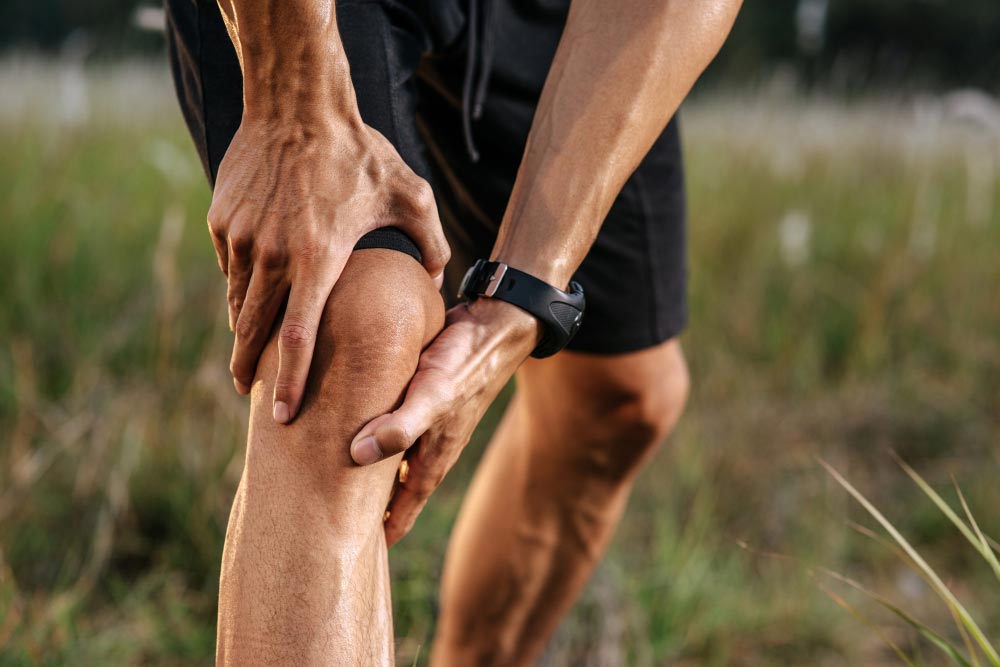Table of Contents
There are quite a number of diseases and health conditions acquired by people as they age.
As the cells of the body begin to weaken, the immune system should be aided to do its work in protecting the body from foreign substances. However, there are also conditions that are known and referred to as autoimmune diseases.
These are diseases that perpetually activate the immune system leading to it harming the body more than defending it.
One of these autoimmune diseases is Rheumatoid Arthritis (RA) which affects more than 1.3 million people in the United States alone. It is known to be 2.5 times more common in females than in males.
Nature
Rheumatoid Arthritis (RA) affects the joints, hands, wrists, knees, fingers, ankles, feet and toes.
It is known to damage internal body systems like the circulatory system. RA, being an autoimmune disease, makes the body’s natural immunity to viruses, bacteria, and injury perpetually activated. This means even if you just fall and hit your knee, the tissue will swell dramatically and will take a long time for the body to repair.
This kind of chronic inflammation then leads to progressive damage in the joint. As it worsens, RA could spread symptoms to the different parts of the body as well, such as the skin, eyes, mouth, lungs, and heart.
Symptoms
Rheumatoid Arthritis has major symptoms of joint pain, joint swelling, warmth and redness, and stiffness that is usually felt early in the morning or after sitting still for a long time.
There are also other symptoms which are tiredness and lack of energy – also known as fatigue, poor appetite (not feeling hungry), weight loss, a high temperature, or fever, sweating, dry eyes, and as a result of inflammation – chest pain.
Initially, very painful swelling in the synovial membrane (which is the lining of the joints and connective tissue) is felt by the person that has RA as an effect of the immune system attacking the body.
When this happens, it results in pain and inflammation.
The inflammation then causes the synovium to thicken. It eventually destroys the cartilage or the connective tissue that cushions the ends of the bones. The tendons and ligaments that hold the joint together can also weaken and stretch, and it can be said that the damage is already severe when the joint loses its shape.
RA can affect every joint in the body, and the pain is usually felt in all affected areas at the same time. Rheumatoid nodules which are fleshy lumps under the skin usually are evident on or around the affected joints. Flare-ups could also happen and are followed by remissions when symptoms go away or are mild. Most people persistently experience flare-ups and remissions throughout their lives.
Causes
Though it remains mostly undetermined, one theory that explains the onset of RA is that there are viruses or bacteria that trigger the genetic factors. It is also considered by some as an immune system malfunction.
Rheumatoid Arthritis clinical trials found that people have a higher risk of developing it if they are:
- 60 years or older
- are female
- have specific genetic traits
- have never given birth
- have obesity
- smoke tobacco
- had parents who smoked
New research and development in relation to Rheumatoid Arthritis clinical trials, has led to the development of a new type of drugs. The research also highlighted the importance of starting early, intensive treatment for inflammatory arthritis within 12 weeks of symptoms starting (which means people are being diagnosed quicker).
Currently, there is plenty of research developing new and improved treatments. So if you have RA, don’t worry. There are ways to manage the symptoms! Here are some of them:
- Nonsteroidal anti-inflammatory drugs (NSAIDs), which could slow the disease progression. They are available over the counter, but long-term use in high doses could lead to side effects like bruising, gastric ulcers, high blood pressure, and kidney and liver problems.
- Disease-modifying antirheumatic drugs (DMARDs) affect how the immune system works. In interfering with an overactive immune system, the drug can slow the progression of RA and prevent permanent damage to the joints and other tissues. However, there are also side effects such as liver damage, immune-related disorders, increased risk of infections, mouth ulcer, nausea, stomach upset, loose stool and abnormal blood counts.
- Biologic treatments, known as tumor necrosis factor-alpha (TNF-alpha) inhibitors, also change how the immune system works. These inhibitors suppress certain substances and help prevent inflammation and reduce pain, morning stiffness, and swollen or tender joints.
- Physical therapy, getting professional advice about using assistive devices, such as a cane, helps individuals develop a suitable exercise plan.
- Surgery, if the pain is now intolerable, surgery can be done to repair damaged joints, correct deformities, and reduce pain.
- Home remedies are also present, such as low-impact exercise and swimming. This is to boost overall health and mobility and strengthen the muscles around a joint. This also helps in managing weight, which can prevent additional stress on the joints. Some other relief can be using heat or cold packs, meditation, deep breathing, or muscle relaxation to relieve stress.
It is highly recommended to seek a professional that incorporates dietary advice, suggestions for exercise, and other tips. If you have the symptoms mentioned above, contact your health care provider.

